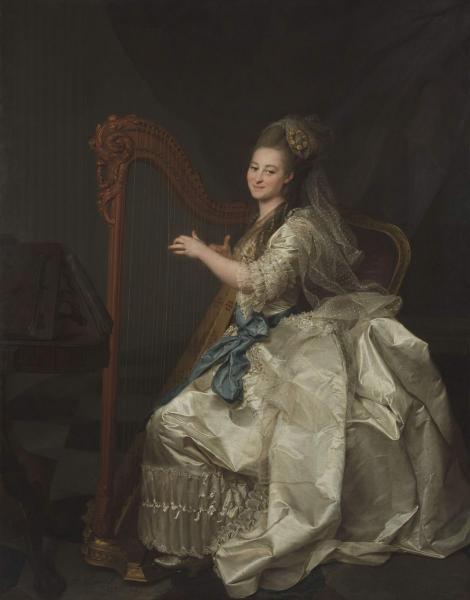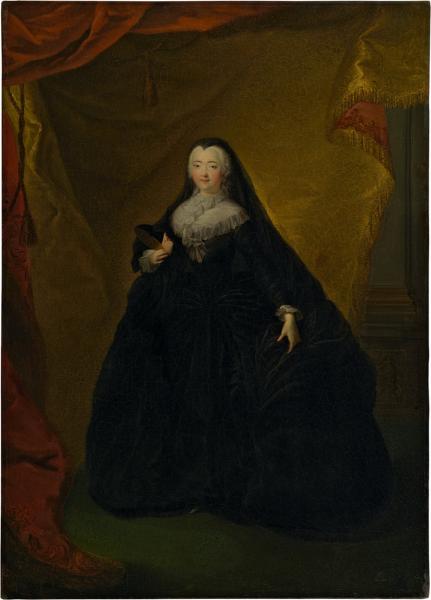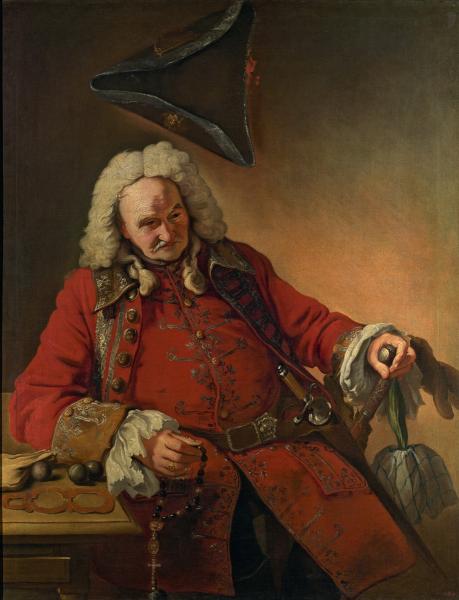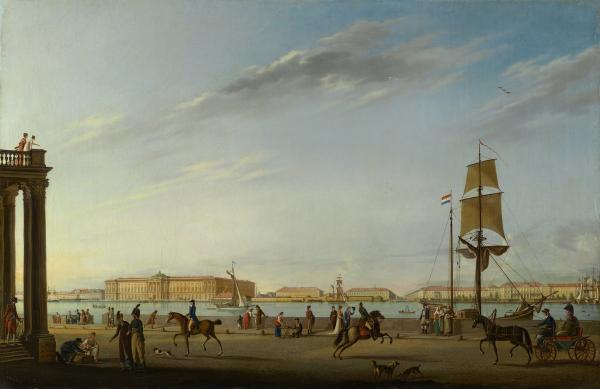The artist is Levitsky

In the seventies of the XVIII century, by order of Catherine II, Levitsky wrote a series "Smolinki", consisting of seven portraits of pupils of the Smolny Institute of noble girls – a privileged educational institution opened in St. Petersburg in 1764 by decree of the empress. Daughters of the nobles were prepared there for court service and social life. Talents brought up in girls, "Nice in society", – They were taught French and German, elegant manners, as well as sing, dance, play musical instruments. The Smolny Institute often arranged ideas where the Smolians played French comedies, and also performed in the ballet.
Alymova Glafira Ivanovna (1758 – 1826) – daughter of the colonel and. AND. Alymova. From 1764 to 1776, the pupil of the Smolny Institute, at the end of which with the gold medal of the first magnitude and the cipher of Catherine II was taken to the court. Freilyin Catherine II (since 1776), subsequently by state-dames. Her first husband ¬ writer, Mason, vice director AN A. AND. Rzhevsky, the second – and. P. MASKLE, French teacher and translator of fables and. AND. Krylova, subsequently Russian consul in Nice. Was awarded the Order of St. Catherine of the Small Cross. She died in Moscow.
It is depicted in a white silk dress installed for pupils of the senior (fourth) age of the educational society of noble girls.
About the restoration of a series of paintings d. Levitsky "Smolinki" On the website of the Restoration Service of Museum Values
+ About the restoration of the work
– Hide the text about restoration
The state of safety before restoration:
Portrait of.And. Alymova was the first of the “Smolyan” adopted in restoration. Hard craquelure and kinks of a colorful layer with raised edges covered the entire surface of a colorful layer. There was an old breakthrough in the picture, a glued patch. The soil arcuate breaks had such an intensity that they printed from the back and pulled the canvas. A large number of greatly changed records was determined on the surface of the colorful layer. The records lay in several levels, and the lowest of them were inflicted by a landscape technique, excluding real losses. The varnish layers were so darkened, acquiring a brown-reddish tint that the numerous author’s painting nuances hid under them, eliminated spatial heat-coldness, and thus eliminated the color compositional prospect. The varnish in the process of existing the picture decomposed, changing the tone and color of the records to colorless-white. Numerous registrations in the form of a dark grid, repeating the directions of craquelure and oil ruptures, were completely covered with the face and hands of the portrait, in color these records were taken to the already changed varnish and did not correspond to the author. The extensive retouch was applied to the dress, and the brown curtain in the upper right corner was rewritten completely and repeatedly.
Complex of the events:
Initially, a complete complex of restoration and conservation measures was carried out, including strengthening the colorful layer, laying craquelure and hard fractures, removing the patch and recalculating the breakthrough. In conclusion, the translated canvas was duplicated on a new high -quality linseed canvas.
In the process of layer -by -layer disclosure of author’s painting from records and darkened layers of varnish, both individual elements of building a composition and an authorial color scheme began to be detected. The depth of space appeared, columns opened in the background, and on the columns of Canneluras. The stone slabs gained the colors of various rocks of the stone, the author’s reception of a living light translucent letter was revealed. The dress acquired a real silky-white color. Work on the removal of records and varnish layers was conducted under the control of the visible luminescence of the surface in ultraviolet rays, which allows confidently to divide the late layers from the copyright layers.
Keeping a story. Restoration workshop of the Russian Museum – 100 years. SPb, 2022. With. 82.
Programs/Films about this work in the media text:

D.G.Levitsky. By the 275th birthday
Creation year: 2010 | Video painting | Language: | Duration: 25:47
Dmitry Grigorievich Levitsky – one of the best portraitists in Russian history of painting. In this film, the director of the Russian Museum in.AND.Gusev talks about the work of the master and the history of his work on the series of portraits of the pupils of the Smolny Institute of noble girls.

Dmitry Levitsky. “Smolinki”. Restoration of portraits
Creation year: 2010 | Interactive program | Language:
The multimedia program was released for an exhibition dedicated to the 275th anniversary of the birth of Dmitry Grigoryevich Levitsky in the Russian Museum. The program talks about the restoration of the famous “Smolyans” – seven portraits of pupils of the educational society of noble girls at the Smolny Institute.


